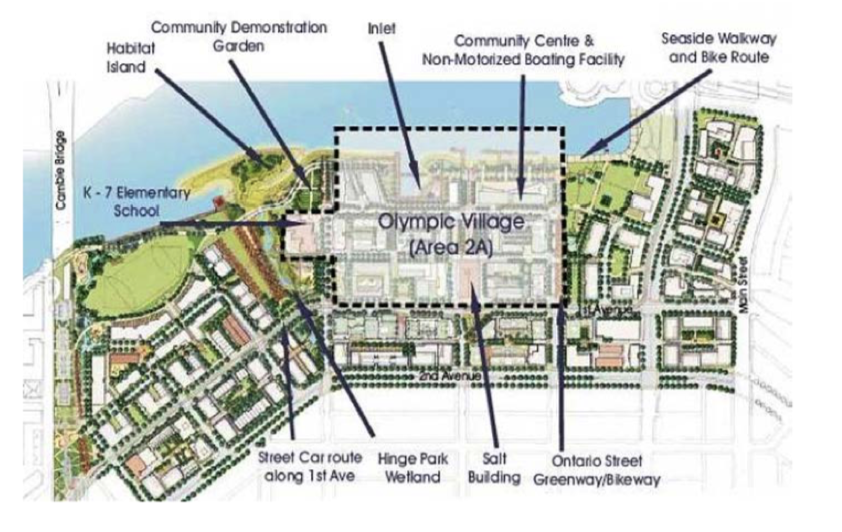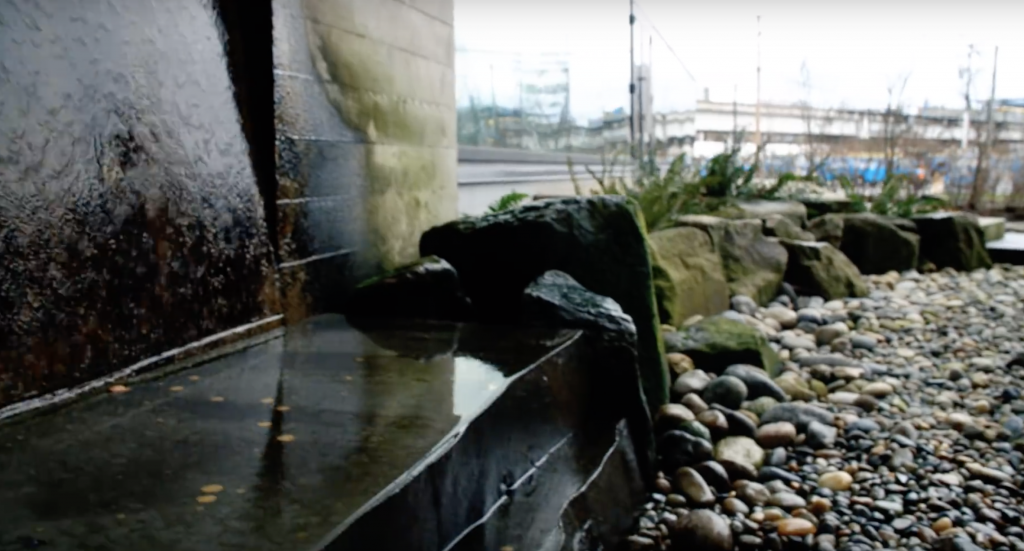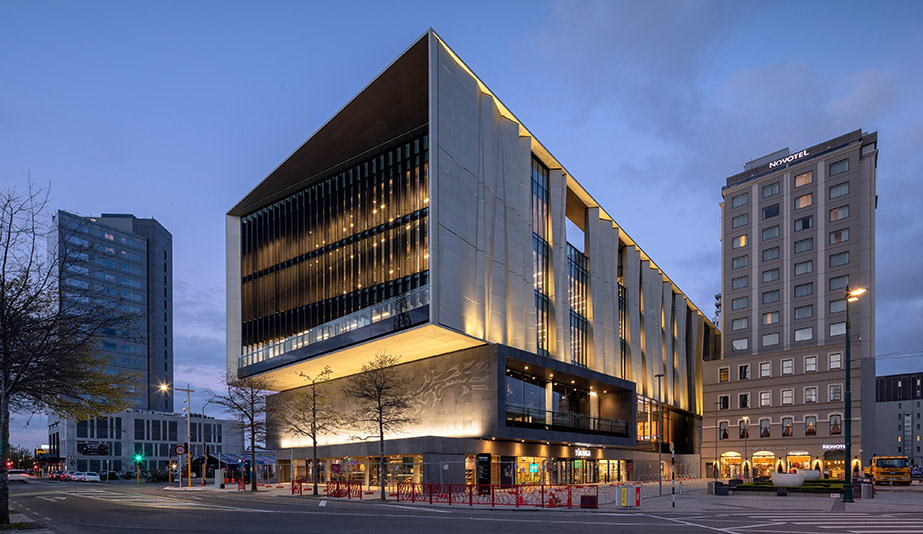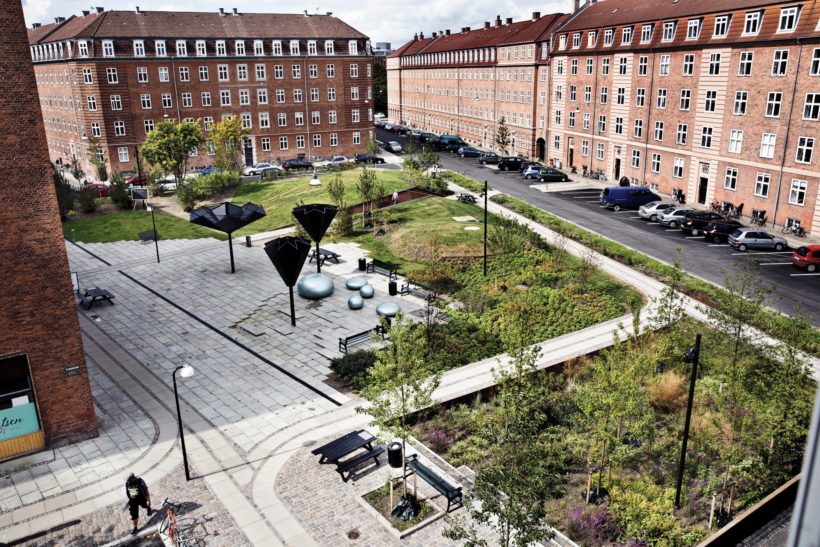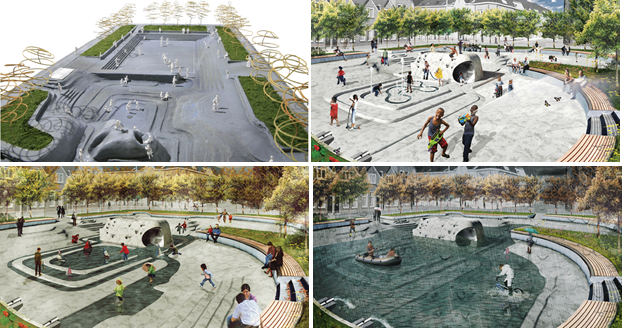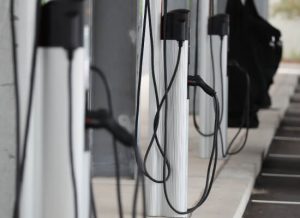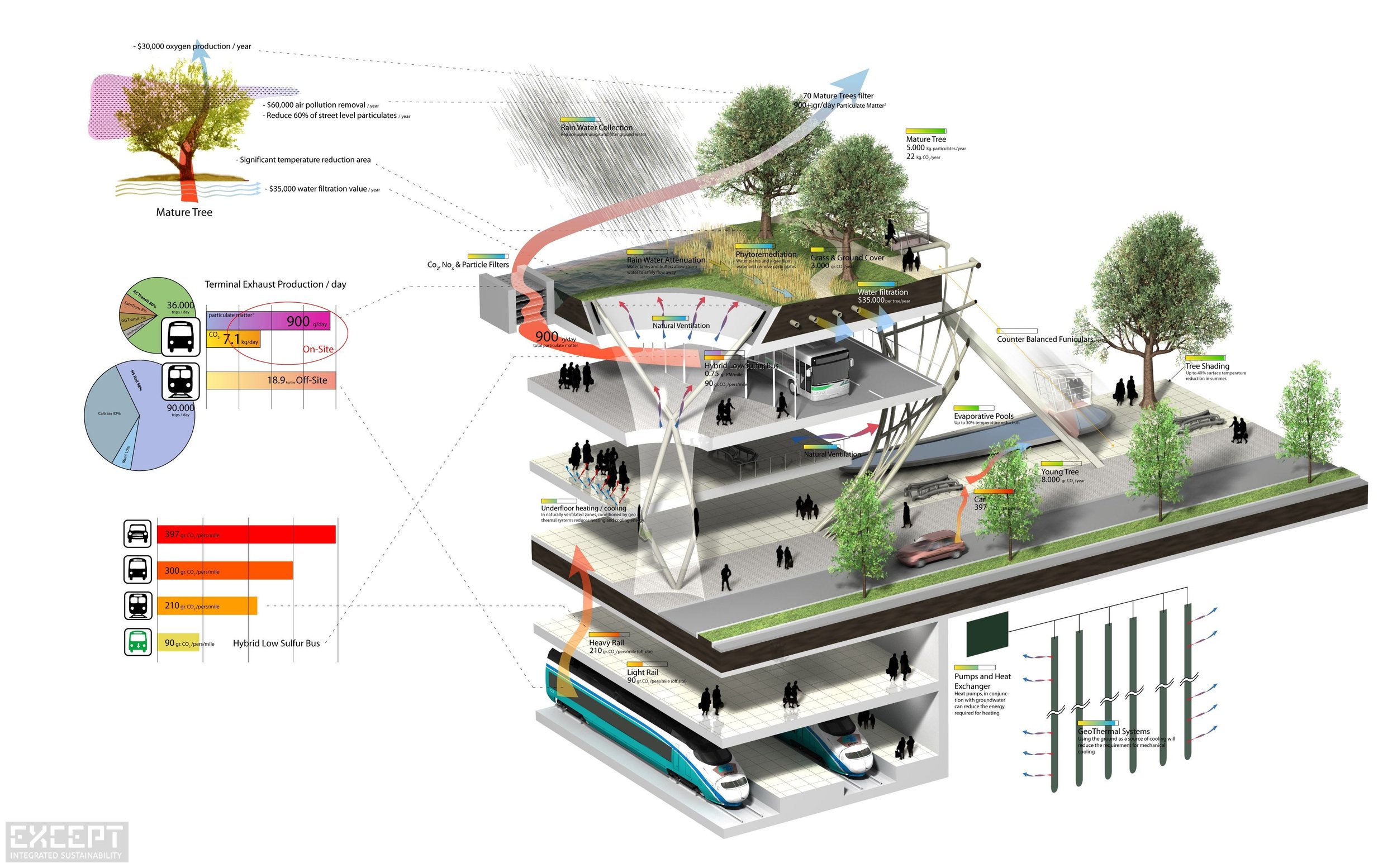Green infrastructure
The urban environment has various biophysical features and continuously interact with the surrounding environment. These interactions may be in the form of heat exchange in densely populated areas, an increase in the surface run-off of rainwater due to higher impervious surfaces in cities or even changes in the land use patterns. All these changes occurring to a place which previously never was in this state triggers a different set of interactions like an increase in temperature, changes in rainfall intensity and patterns. All these are symptoms of climate change and time has come for us to think and accept these changes occurring around us in order to address it.
Canadian Government’s Stand
The Canadian Government has realised the importance of green infrastructure and has allotted $5 billion through Canada Infrastructure Bank and $2.8 billion through a series of national programs. The importance in realising the relationship between public infrastructure and climate change and the need for climate change mitigation strategies in an investment decision-making process is the first step towards a sustainable future.
City of Toronto
It was in the year 2008, the City of Toronto became the first city in Canada to come up with a comprehensive climate change strategy. The document was titled as “Ahead of Storm”, and it contained a list of actions which might be either for short term or long term to address increasing flooding and heat waves. Toronto being one of the largest city in Canada has a population of approximately 2.7 million and has a continental climate with a daily mean temperature of 22.1°C in July and a maximum of 40.6°C. The effects of climate change are being seen with extreme heat, floods, new vector-borne diseases and drought. The 150mm rainfall in a span of just three hours in 2005, caused a flash flooding which damaged roads and basements. The overall estimate of property damage was up to $500 million. While the same summer had a completely different set of weather but with an exceeding temperature of 30°C for 41 days. The studies have shown that heat waves cause an average of 120 person’s death every year. Overall all these changes occurring around the city needed to be addressed before things went out of hand.
 (Source: “Ahead of Storm”, 2008)
(Source: “Ahead of Storm”, 2008)
The city came up with initiatives like incentives whenever a green roof is installed either on a new building or a renovated one, green development standard for the new buildings aimed at reducing stormwater runoff and enhance neighbourhood green space. Some of the other key initiatives in addition to these were to come up with green parking lots which can reduce the heat reflected from the surfaces during summer and also regulate stormwater during the rainy season. Also a commitment to increase the tree canopy in the city which would increase the shade and reduce the urban heat island effect.
 (Source: Green Infrastructure Ontario, GIO, 2016)
(Source: Green Infrastructure Ontario, GIO, 2016)
Barriers and Challenges
There are various misconceptions becoming barriers in implementing green infrastructure. Green infrastructure being a new concept for many, the performance and its assessment are unknown to many. There is a misconception of high price being associated with green infrastructure but many fail to realise that in the long run, the cost savings outweigh the initial investments. There are also no standardised codes or policies present to guide and encourage people to invest as the area of study and research is dynamic in nature. Developers are also sceptical in implementing new ideas due to increased initial costs which could potentially attract fewer customers. This is due to unfamiliarity in understanding the maintenance costs and long-term benefits. Many municipalities also lack resources to implement green infrastructure and there is a need for funding, updating development codes and educating builders, developers and public. Finally, there are design challenges due to the versatile nature of green infrastructure and it is important to understand that there are many strategies which exist to overcome these challenges.
Overall I feel that even though many cities in developed nations are realising and coming up with a climate change prevention actions, this would merely slow down the or extend the eventuality. There are still many parts of the world that are still not taking any necessary actions and even in the developed cities, many policies are not driven by care towards climate but with a view on continuous economic growth and financial growth being the centre of decision making. It is important to realise our responsibility to make the cities liveable in future for next generation and this is where one can strike a strong emotion with a cause for many policymakers to invest in green infrastructure and many other initiatives to curb climate change.
Sources:
- GILL, S. E., HANDLEY, J. F., ENNOS, A. R., & PAULEIT, S. (2007). Adapting cities for climate change: The role of the green infrastructure. Built Environment (1978-), 33(1), 115-133. doi:10.2148/benv.33.1.115
- “Green Infrastructure, Investing in Green Infrastrucutre” https://www.infrastructure.gc.ca/plan/gi-iv-eng.html
- Kazmierczak, A., Carter, J., 2010. Adaptation to Climate Change Using Green and Blue Infrastructure. A Database of Case Studies. The University of Manchester, Manchester.
- “Overcoming Barriers to Green Infrastructure” https://www.epa.gov/green-infrastructure/overcoming-barriers-green-infrastructure


